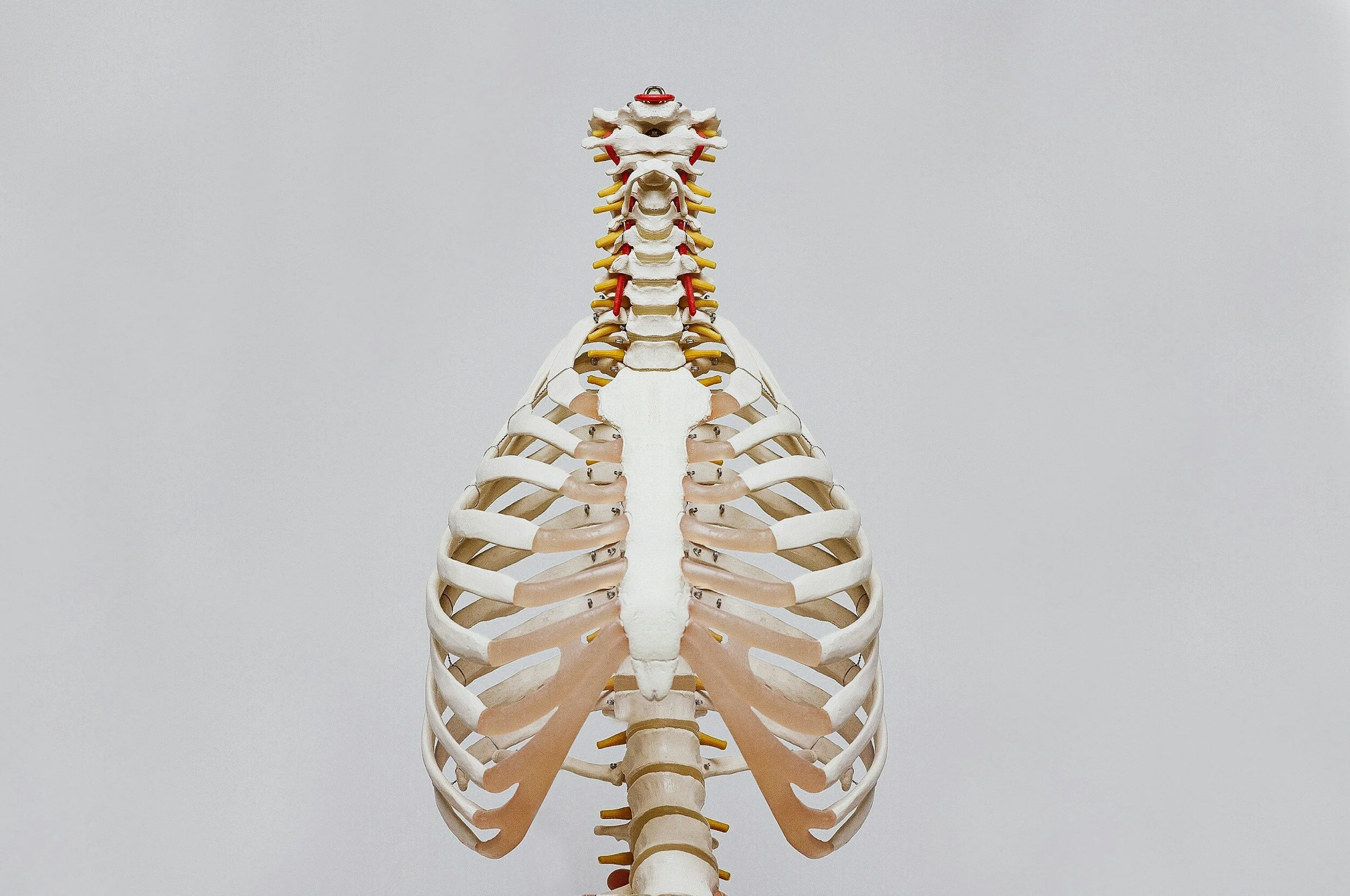scienced based Functional BREATHING (Buteyko method)
expand your breathing horizons

WORK WITH aLANA
Welcome to Breathscape. Where the breath meets nature. We all have the ability to tune back into our native breathing patterns that we were born with and I'm here to take you back there. To improve everyday life, to elevate your health and wellbeing.
While there's an array of areas that Functional Breathing Retraining can take you, my focus and deep passion is working with people that are living with; Sleep Disorders (Sleep Apnea, UARS, Snoring and Insomnia), Asthma, Anxiety, Panic Disorder, Stress and Brain Fog.
I offer online consultations for people located in Brisbane, Gold Coast, Sunshine Coast, Toowoomba in Queensland and internationally, as well as in person appointments via The Shift Clinic in Milton, Brisbane.
breathing based on science
‘we’re not just retraining the breath, we’re retraining the mind’ - patrick mckeown
What is Functional breathing retraining
The word ‘Breath’ is the new ‘black’ on the health scene. So, let’s clarify what Breathscape offers; its not necessarily breathwork (no hyperventilation exercises here). Functional Breathing Retraining uses techniques from the Buteyko Method to rewrite bad habits that may be attributing to your health concerns, allowing the breath to work for you not against you. I work to the principle that all breath cycles should be thru the nose (in and out), followed by light, slow and low.
The reality of overbreathing
You may not realise it but most of us are ‘overbreathing’. This can be due to a Respiratory Rate that is too fast and a Minute Volume that is too large. The breath reflects this state for too long the bad habits become habitual adding or attributing to the symptoms of underlying conditions. This can have a detrimental effect on our health and may even worsen conditions. This is where we need to take things back to basics and overwrite these bad habits that have formed our everyday breath.
the geeky stuff
functional breathing v’s dysfunctional
Often people will recognise that their breath sits too shallow (in the chest area rather than low in the body). They’ll notice that their breath freezes or they simply don’t feel like they’re getting a ‘full breath’.
This type of breath is commonly associated with hard, fast and audiable breathing. On the other hand, the healthy or functional breather is quite the opposite, you don’t see that they’re breathing, you don’t hear it, the diaphragm leads the breath, and its in and out the nose in sleep and even exercise too (where possible).
The dysfunctional breather ends up with air that ends up in ‘dead space’, it doesn’t go down ‘deep’ enough into the lower airways (the Alveoli) where the magic of gas exchange takes place.


